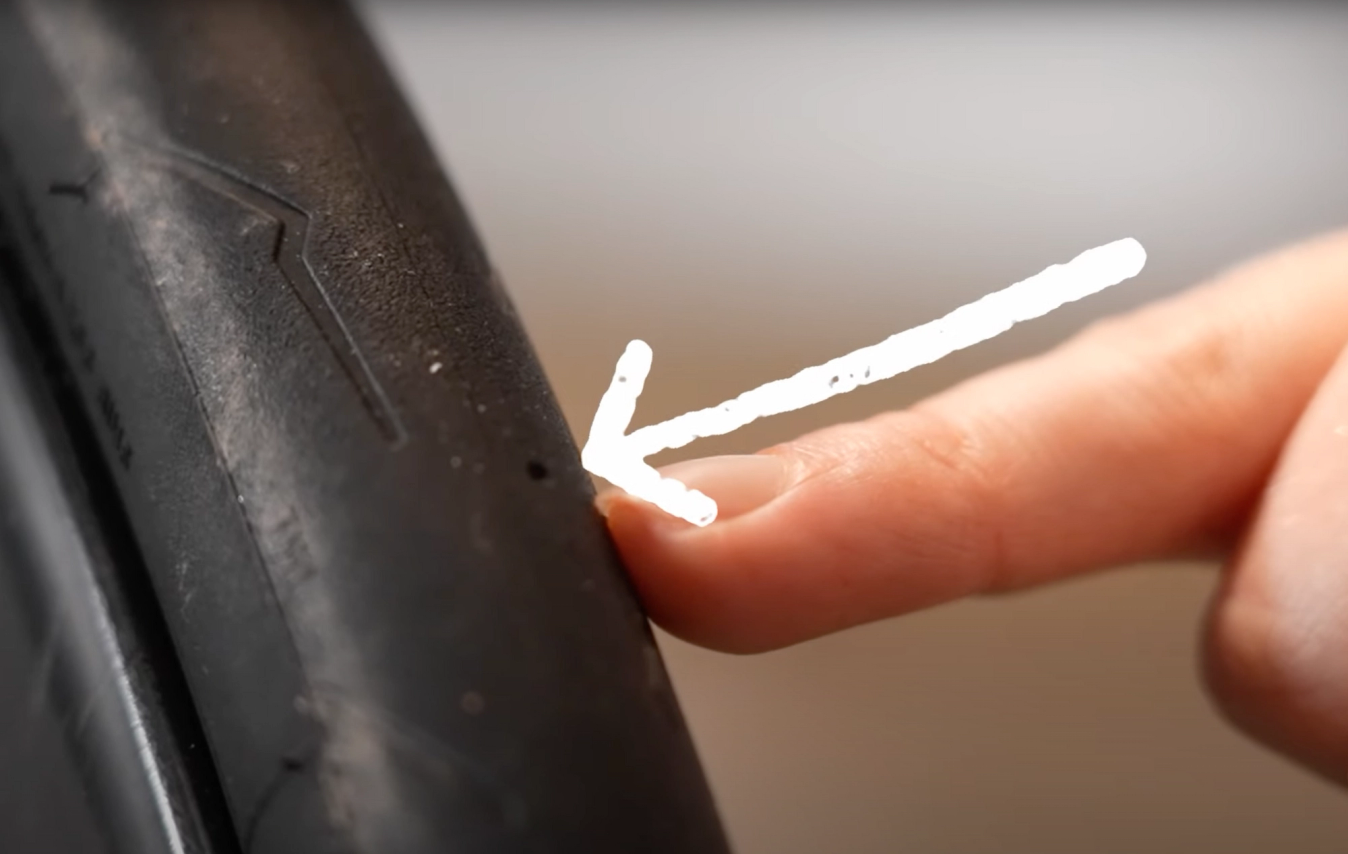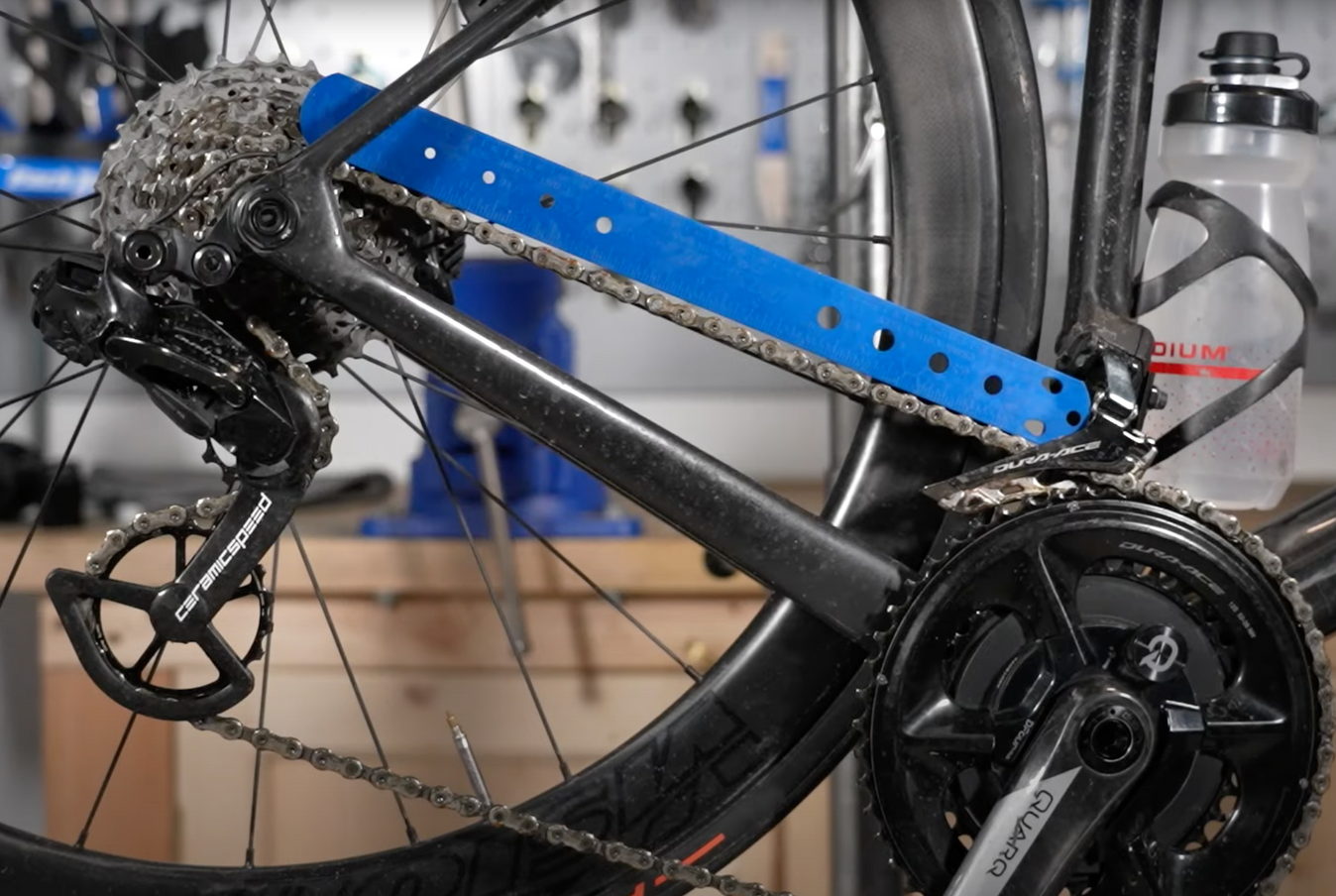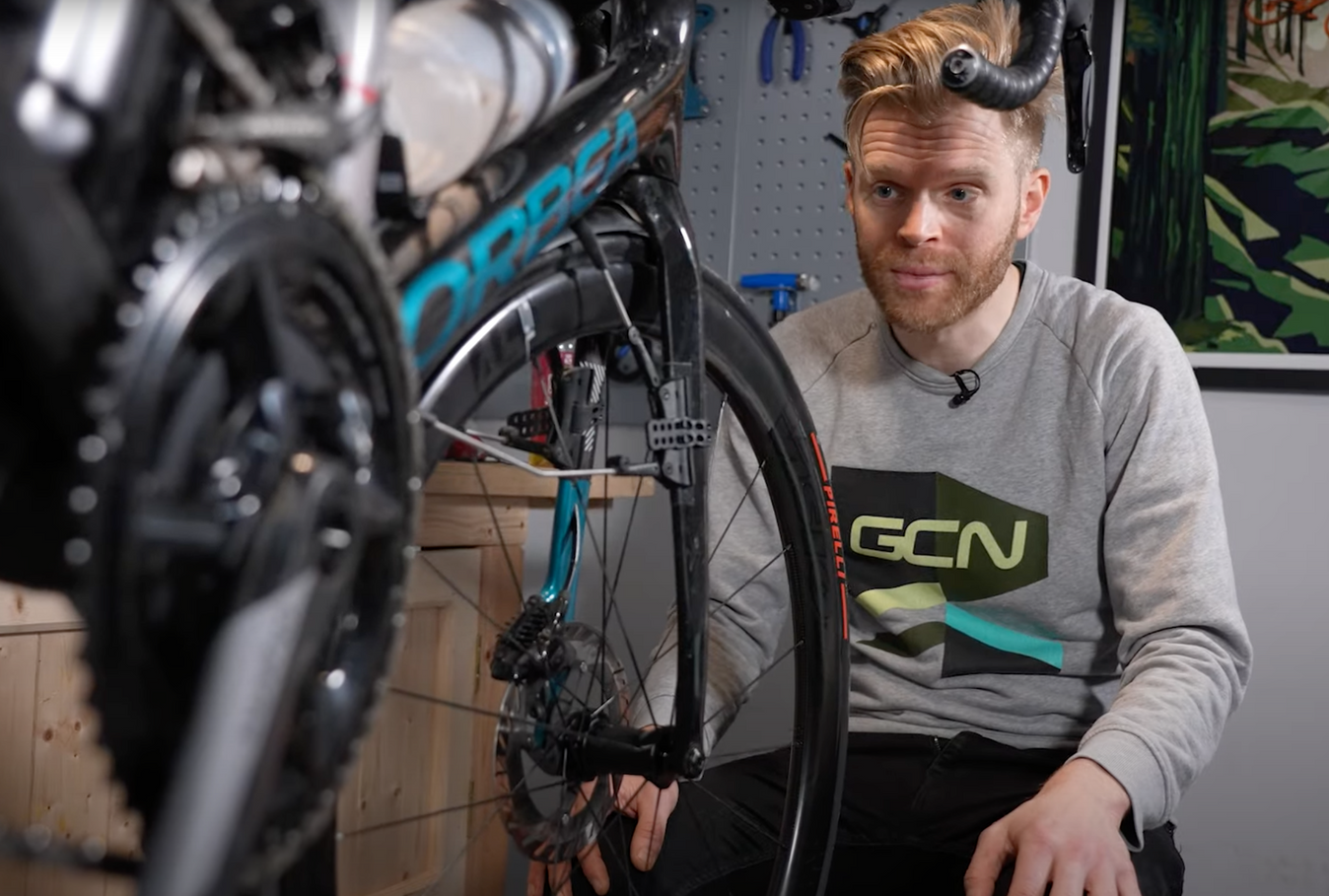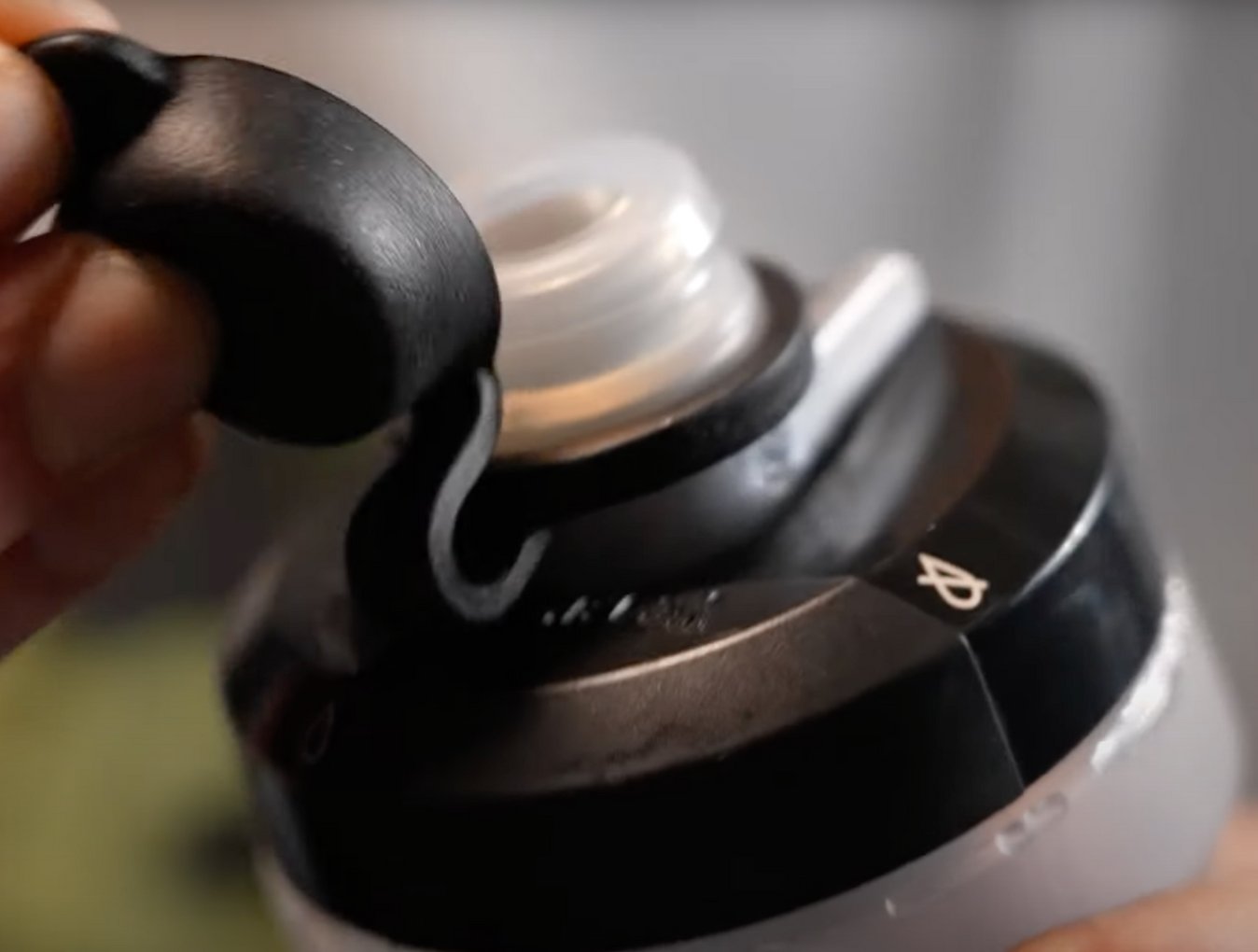Essential winter maintenance tips to keep your rides hassle free
Riding in the cold and damp can take its toll on your bike. These tips from Ollie Bridgewood will help save you money and keep you riding through the harshest conditions
Danny Walter
Head of Editorial Production
As the temperature drops during typical winter months, there are more wet and cold conditions to deal with. These don’t just have an impact on your body; if you've made the wrong clothing choices, they can also have a big impact on how you bike reacts and performs.
If you neglect your bike during the winter you could end up spending a small fortune on repairs and replacing components altogether. Worse still, you may suffer a mechanical that's not pleasant to repair in the wet and cold.
The best solution here is prevention, which is why we’ve put together this checklist of essential areas of your bike to pay attention to. They’re worth carrying out before you next head out on the bike in wintry conditions and may even save you some cash and despair along the way.
1. Tyre check
There’s generally more debris and detritus on the roads during winter and these can become attached or imbedded in your tyres so it’s worth checking the state of them in between rides. Look for flints, small fragments of glass, cuts and general signs of damage that could mean your tyre has become more susceptible to puncture. No-one wants to be fixing a puncture in the cold, when it could have been avoided.
Also consider the pressure of your tyres. Lower pressures tend to be better in winter as the offer more grip on slippery, wet roads. Reducing pressure by 5psi is a reasonable reduction to make. It is also worth checking any new wheels you might have are hookless as these are all limited by the same safe limit of 73psi.

© GCN
Check tyres for sharp bits of debris picked up off the road surface
If you’re running tubeless you should check your sealant levels. This is most easily done by the dipstick method. Basically remove the valve core and with the valve at the 6 o'clock position stick something like an old spoke inside to see how much liquid is returned there. If you have some sealant visible you should be good to continue. If none is visible you need to replace your tubeless sealant.
2. Chain lube
We’re generally big advocates of waxed chains here at GCN. However, it’s not necessarily the optimal solution in winter. The reason is that it can become quite brittle and hard in particularly cold temperatures, so it just doesn’t perform as well. Also, if you’re riding frequently in wet conditions where you’re having to clean your bike after every ride, the re-application of wax based solutions is less practical.
That’s why an oil based wet lubricant might be the way to go during the winter months. It performs well and is easier to apply just before you head out on your ride.
3. Chain wear
This is really important and often overlooked. A worn chain can wear your cassette quicker and ultimately cost you money as you’ll need to replace this as well as your chain. And you definitely don’t want to be miles from home in the depths of winter with snapped chain to contend with.

© GCN
If you don't have a chain tool checker you can use a 12in ruler to check for wear
The state of your chain is a relatively straightforward thing to check, using a chain checker tool. This basically indicates the percentage wear of the chain when placed between the links and helps you identify whether it’s time to replace the chain or not.
You can also use a 12in ruler by aligning it on a chain link and then looking at where the 12in mark lands on the chain, relative to the nearest pin. If it’s out by more than a 16th of an inch it’s worn and needs replacing. If it’s off by an 8th of an inch then it’s too far gone and you’re likely going to need to replace the cassette too.
4. Brake wear
Brake pads wear much quicker when exposed to dirt and wet conditions. Checking rim brakes is simply done by removing them and looking to see the level of compound left on them. Disc rotors are different in that it's very difficult to tell whether a rotor is worn with the naked eye.
This needs a specialist tool that your local bike shop will have and they should be happy to test the level of wear for you.
You can, however, keep them in good order by regular cleaning with a dedicated brake cleaner.
5. Component choice
One thing to consider when riding in harsher conditions is whether you actually need that higher end componentry that you might be using at other times of the year. If you know the conditions are going to be harsher on those areas of your bike, it’s worth using less expensive components during some of the winter months.

© GCN
Whether you're running rim brakes or disc brakes, they both wear faster in winter conditions
With many groupsets there’s great cross compatibility which means if your bike has say, a top of the range Ultegra groupset you can run a 105 cassette or 105 chain on there for winter use. The downside being that it may make the bike slightly heavier but does that really matter if it’s saving the better components for when you really need them.
6. Bearings
In order to determine a problem with bearings you need to be aware of 'play' in the part – that is movement in a direction where there shouldn’t normally be movement. You can often also tell if they just don't feel as smooth as usual or if they're making any noise. These are all signs that they need replacing.

© GCN
Bearings need checking and replacing if there's play or noise coming from them
Cartridge bearings are pretty easy to replace. They often have writing on them that helps identify the dimensions which allows you to search online for the exact ones you need as replacement. Watch one of our videos, like the one below for further instruction on how to carry out a replacement.
7. Saddle Bags
This is perhaps less obvious, but if you think of where it’s positioned on your bike your saddle bag is often subject to a whole load of spray and mud from the road's surface.
- Read more: Travelling light: How to pack a saddle bag
This means that dampness can often seep into the bag and cause the items inside - CO2 canisters, multi-tool, patches etc - to become less than adequate should you need them for a repair.

© GCN
Check over the items in your saddle bag in case they've been damaged by the wet
It's worth giving the bag a bit of a clean and checking the contents inside to ensure that they’re still usable. You may even want to store those items in a small plastic bag for an extra layer of protection from the wet.
8. Bottle caps
These can get covered in gunk from the roads or even worse, animal excrement, which is not something you want to be putting to your mouth ideally. So consider using bottle caps to help protect that mouthpiece and keep it clean so you don’t get ill!

© GCN
Bottle caps help protect the mouthpiece from harmful dirt and bacteria
So there you have it. Just because the weather conditions aren't favourable doesn’t mean they should detract you from getting out on your bike. Hopefully these tips can keep you riding for longer and ensure you have fewer incidents when out on the roads.
Let us know your best tips and hacks to ward of the wintry conditions, in the comments section below.















.webp?w=600&auto=format)